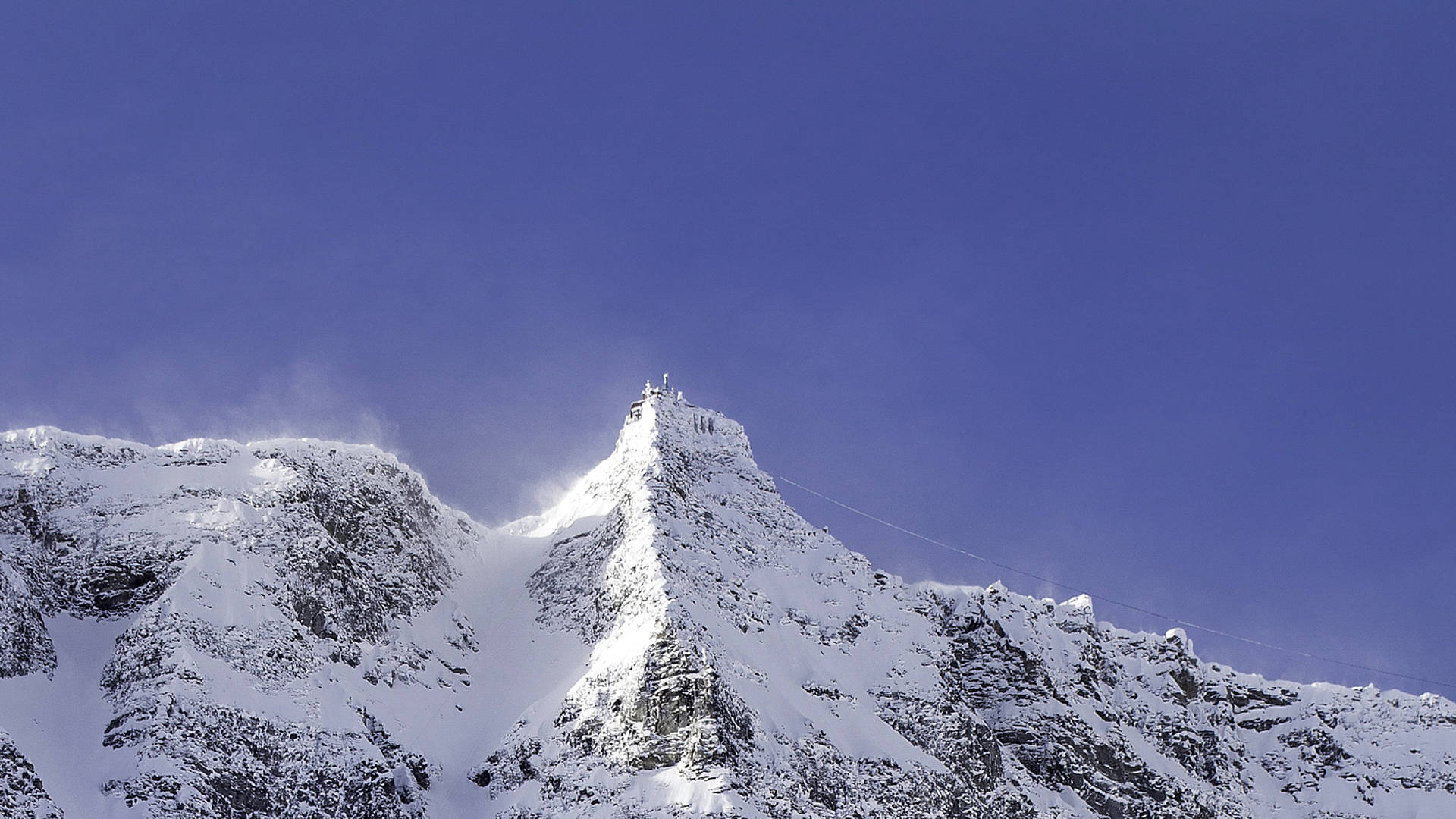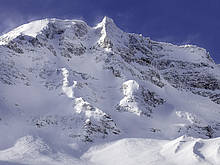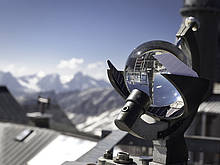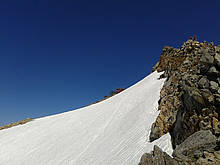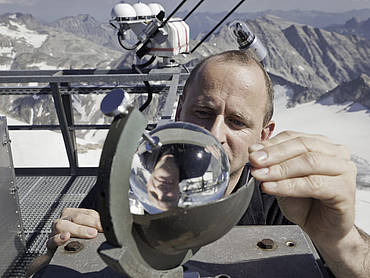The Hoher Sonnblick A mountain with a history
It’s 3,106 m high – and enthroned upon its summit is Europe’s highest permanent weather station, the Sonnblick Observatory. In winter, the Hoher Sonnblick in Kolm Saigurn is a popular destination for ski tourers, and in summer for mountaineers. On the way up to the summit, you will pass the ruins of miners’ houses and the “Wheel House” – impressive testimony to the gold-mining days of the past.
In the core zone of Hohe Tauern National Park we discover this famous 3,000er, part of the Goldberg Group and popular attraction for alpinists and lovers of the mountains. Refuge huts on the way to the summit of the Hoher Sonnblick include the Neubau, the Rojacherhütte and the Zittelhaus, the last of which stands on the summit. The Rauris section of the Austrian Alpine Association describes the routes up to Sonnblick summit on its homepage.
LiveCams Hoher SonnblickThe result of an initiative pioneered by meteorologist Julius Hann with the steadfast support of Rauris mine owner Ignaz Rojacher, it was possible to construct the Sonnblick Observatory on the Hoher Sonnblick in 1886. Preservation of this observatory initially lay in the hands of the Austrian Meteorological Society, though it would not have been possible without the support of Rojacher. However, due to the sudden death of Ignaz Rojacher in 1891, the continued maintenance of the observatory was threatened by financial problems.
This was the reason for the birth of the Sonnblick Association, which was founded in 1892 and was able to provide the financial basis for preservation of the observatory. To do so, it was necessary to draw a large number of members and sponsors. Amongst the charter members of the Sonnblick Society were many prominent scientists as well as figures from the business and intellectual world of the departing nineteenth century. These included Anton Dreher, a beer brewer from Schwechat, coffee magnate Julius Meinl and Baron Albert Anselm von Rothschild, to name but a few.
Keeping the observatory going actually proved to be a very difficult task with many financial hurdles along the way – sometimes bringing it to the brink of demise. The times after the First and Second World Wars, in particular, demanded substantial efforts on the part of the responsible members of the Sonnblick Society, in order to drum up the money that was needed. Wilhelm Schmid after WWI and Luitpold Binder after WWII began very successful membership campaigns, Especially after the Second World War, there were a number of remarkable sponsoring campaigns. Josef Bendl, a Viennese teacher, organized slide shows about the observatory and even managed to excite young people with his book "Der Sonnblick ruft". Johannes Mario Simmel, at that time essentially unknown, authored a commentary and call for donations in the "Neues Österreich". Siegfried Schwarzl, a Viennese musician and meteorologist, hosted a benefit concert with the orchestra of the State Opera on behalf of the Sonnblick. Through effective efforts such as these, it was possible to secure the necessary financial means, even during such economically difficult times as those.
Today, the Sonnblick Association draws upon annual grants from the Ministry of Science and the Austrian Academy of Sciences, as well as sponsoring contributions in support of the observatory. The weather observers are actually staff from the Central Institute for Meteorology and Geodynamics, while one engineer is paid for by the Ministry of the Environment and by the provinces of Salzburg and Carinthia. New construction on the observatory, which was completed in 1986, as well as the building of a new valley station in 1994, were realized through much-needed funding from the Ministry of Science.
The Sonnblick Association can proudly look back on a history spanning over 125 years – and at a research station unique worldwide, the source of significant contributions to the world of meteorology as well as climate research.

